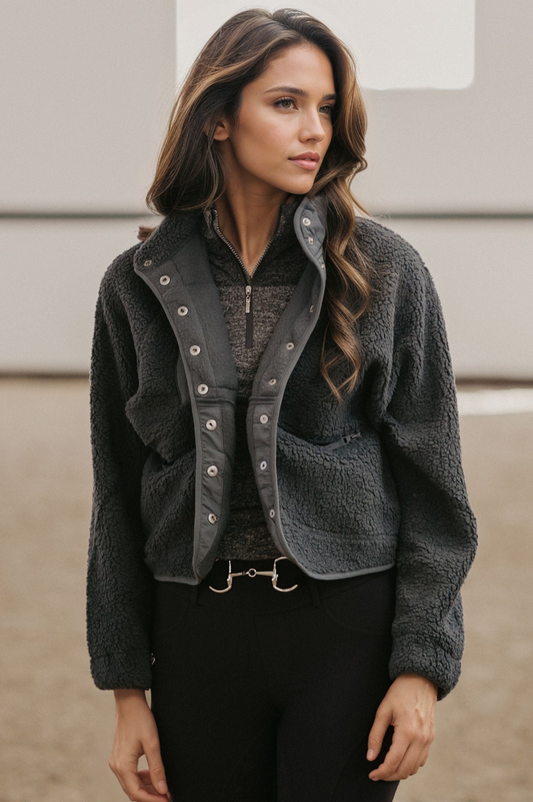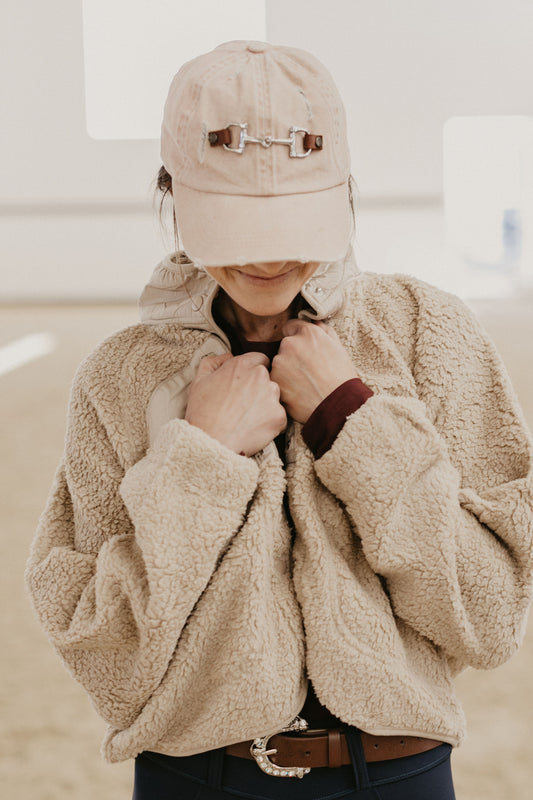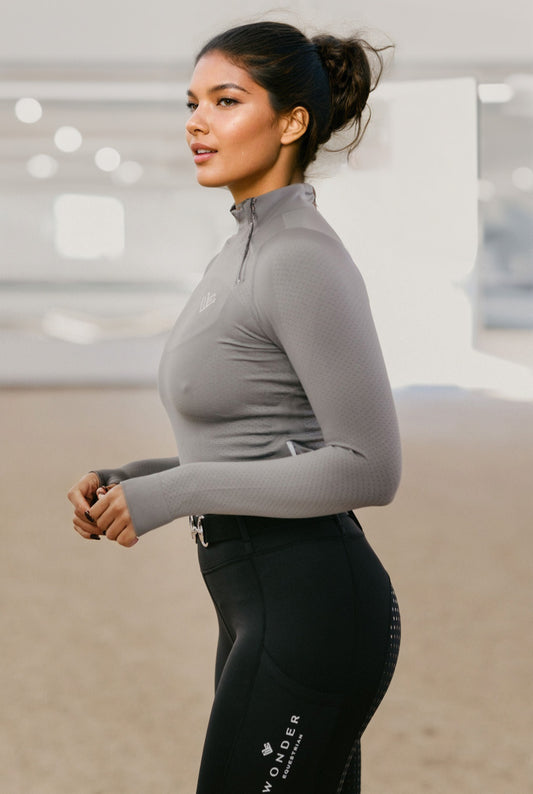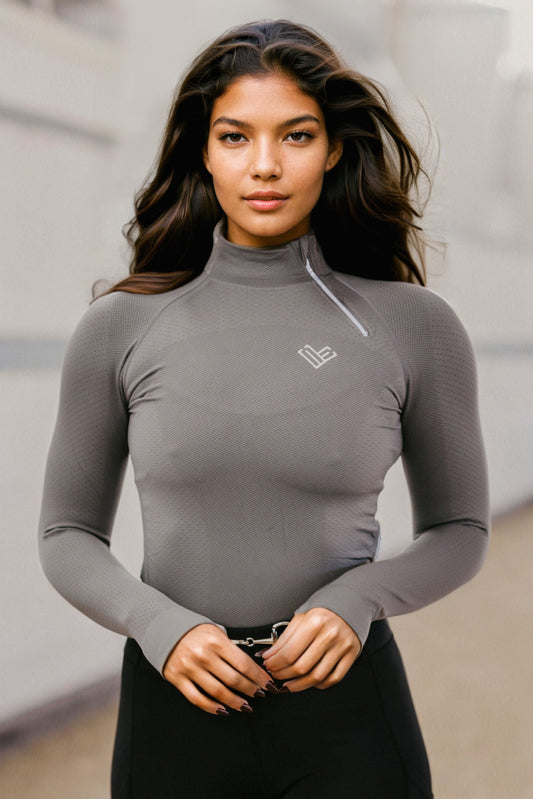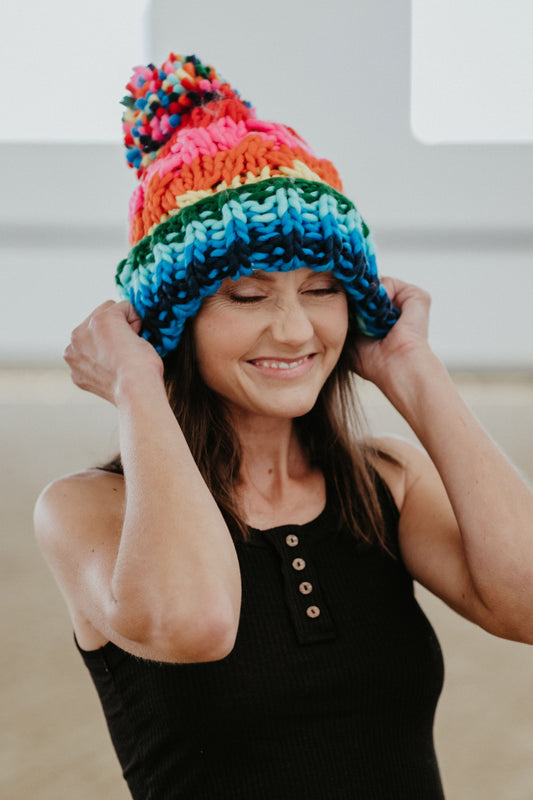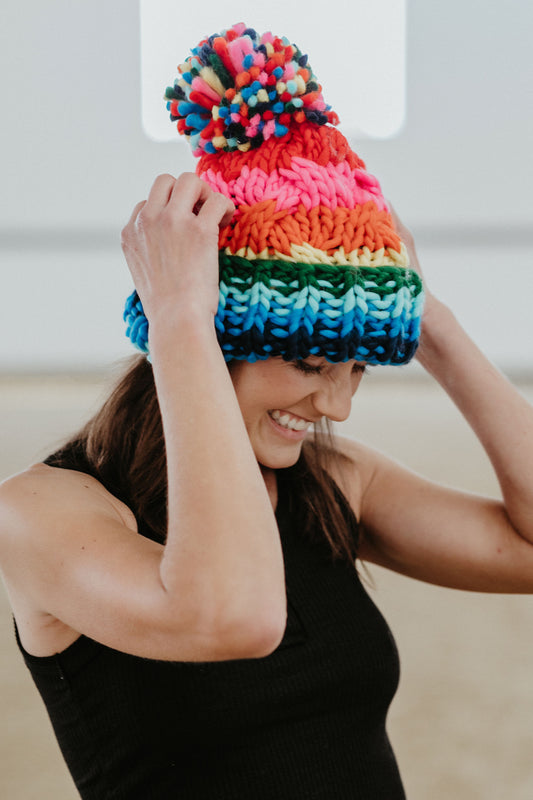Understanding the Power of Color in Equestrian Fashion
The equestrian world is steeped in tradition, and this extends to its attire, which is both practical and poised, embodying the grace of the sport. However, beyond the classic cuts and styles, lies a less explored aspect of equestrian fashion: the subtle yet significant influence of color psychology. Dressing to impress in the arena isn't merely about adhering to a sophisticated style—it's also about harnessing the power of color to influence mood, convey messages, and even potentially impact performance.
The Role of Color in Equestrian Attire
In equestrian events, competitors are often judged on precision, poise, and presentation. While tradition dictates much of the attire—such as white breeches and crisp, conservative shirts—riders have opportunities to express individuality through their choice of jacket color, horse tack, and accessories. This is where color psychology comes into play; color can subtly sway the perception of judges and spectators, and even affect the confidence of the rider.
Colors and Their Psychological Impacts
Each color has the potential to evoke specific psychological responses. Here's a look at how different hues can affect the equestrian ensemble: - Blue: A popular choice in the equestrian ring, blue exudes calmness and reliability. It's a color that suggests control and professionalism—a favorable choice for competitors aiming to project an image of trustworthiness to the judges. - Red: A powerful color that captures attention, red is associated with energy, passion, and strength. Riders wearing red may appear more assertive and dynamic, though it's essential to use this color sparingly to avoid overwhelming or intimidating. - Green: This color symbolizes balance and harmony. In the context of equestrian style, green can present a rider as approachable and connected with their horse, promoting an image of unity between the two. - Brown: Earth tones like brown relate closely to the natural environment of outdoor equestrian activities. Brown attire can convey a sense of stability and reliability, resonating with the down-to-earth aspects of horsemanship. - Black: While black is a mainstay for its slimming effect and formal appearance, it can also indicate power and authority. Riders donning black may seem more commanding and self-assured in their presentation.
Color Coordination and Performance
Selecting the right color is more than just a fashion statement; it can influence both the rider's confidence and their performance. A competitor wearing a color that they feel good in is more likely to perform with poise and self-assurance. Moreover, the right color can create a memorable image, enabling a rider to stand out in a sea of competition. On the technical side, coordinating the color of the rider's gear with that of the horse can also impact performance. For instance, using gear that contrasts well with the horse's coat can make it easier for judges to see the nuances of the horse's movement, potentially scoring the rider higher in events where precision is crucial.
Conclusion: The Strategic Use of Color in Competition
Ultimately, when it comes to equestrian apparel, the use of color is a strategic decision entwined with style preferences, psychological effects, and competitive considerations. Understanding and employing color psychology in equestrian attire isn't just a way to impress—it's a nuanced art that could make all the difference in the show ring. By choosing colors that enhance natural features, complement the horse, and correspond to desired psychological outcomes, riders can step up their game and forge a deeper connection with the emotional landscape of their sport.
Shop Wonder Equestrian



